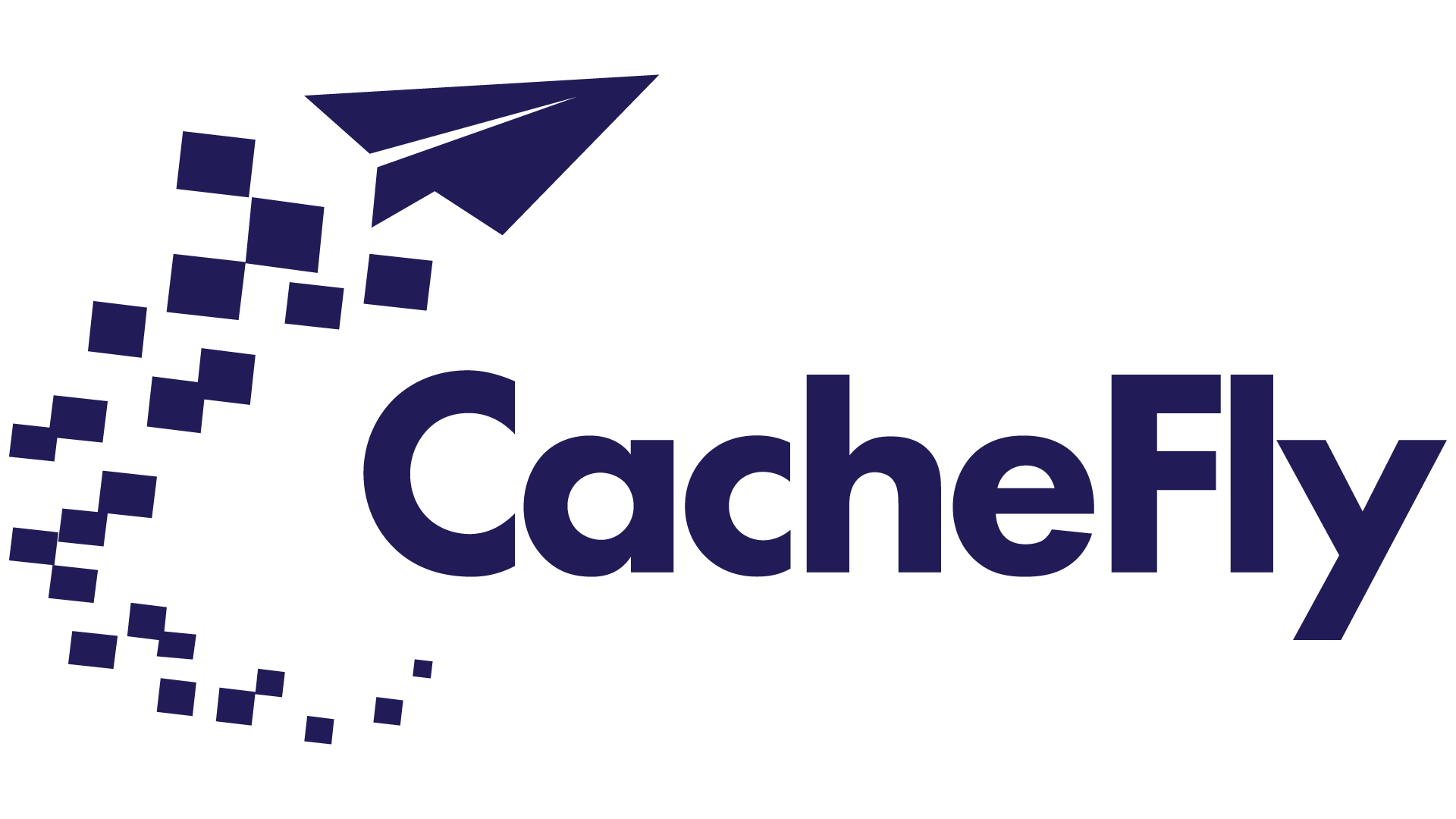
Exploring Emerging Trends in Music Streaming
Key Takeaways
- Green CDN solutions significantly reduce the carbon footprint of music streaming services.
- Implementing energy-efficient coding and streaming protocols lowers server load and energy usage.
- Renewable energy sources in data centers power CDN operations, marking a step towards environmental sustainability.
In the rapidly evolving digital age, the music streaming industry continuously seeks innovative solutions to enhance performance while minimizing environmental impact. As we delve into the realm of music streaming trends, it becomes evident that sustainability and efficiency stand at the forefront of technological advancements. Green Content Delivery Networks (CDNs) emerge as pivotal in achieving these goals, offering not just improved streaming quality but also a path towards a greener digital future. Let’s explore the significant impact of green CDN solutions in music streaming, highlighting the synergy between technology and sustainability. We’ll uncover how strategic implementations and advanced technologies pave the way for a more sustainable music streaming landscape.
Sustainability in Music Streaming through Green CDN Solutions
The digital music streaming industry faces the challenge of delivering high-quality content to a global audience while also striving for sustainability. Here, green CDN solutions play a crucial role. By distributing content across multiple servers worldwide, these networks not only optimize delivery but also significantly reduce energy consumption. This efficient distribution method minimizes the distance data travels, leading to reduced carbon emissions and a smaller environmental footprint.
Energy-efficient coding and streaming protocols stand out as vital methods to decrease server load and energy usage. Emphasizing the importance of these practices, CacheFly implements cutting-edge solutions to ensure efficient data transmission, contributing to the digital sustainability of music streaming services. The adoption of such protocols not only enhances streaming quality but also aligns with green technology principles, reflecting a commitment to environmental responsibility.
Moreover, the potential of using renewable energy sources in data centers to power CDN operations marks a significant step towards reducing the carbon footprint of music streaming services. CacheFly’s dedication to exploring and implementing green energy solutions demonstrates an industry-leading approach to sustainability. By investing in energy-efficient hardware and infrastructure, this ensures that CDN operations support the global shift towards sustainable energy use, highlighting its role as a responsible steward of the digital age.
Enhancing Performance and Efficiency with Multi-CDN Strategies
As the landscape of music streaming continues to evolve, the quest for optimal performance and efficiency has led to the innovative use of multi-CDN strategies. By examining the case of Spotify’s successful implementation, we can glean insights into the enhanced load balancing, reduced risk of service outages, and improved overall performance that multi-CDN strategies facilitate. Notably, these strategies also contribute to a significant reduction in energy usage—a critical consideration in today’s eco-conscious world.
One of the paramount benefits of employing a multi-CDN strategy lies in its environmental impact. Efficient routing and decreased server load are at the heart of this strategy’s appeal, leading to lowered energy consumption and reduced CO2 emissions. The strategic placement of CDNs closer to the end-users minimizes data travel distances, curtails energy use, and supports the music streaming industry’s green initiatives. This geographical optimization underscores the importance of proximity in digital content delivery, marrying performance with sustainability.
The commitment to innovation extends to the adoption of advanced protocols and technologies such as HTTP/3, QUIC, AI, and Machine Learning, which further enhance the energy efficiency of CDN operations. These technologies promise to revolutionize music streaming by enabling faster data transmission, reducing server loads, and predicting user behavior for smarter content caching. The integration of AI and Machine Learning into CDN infrastructures allows for real-time adjustments to network conditions, ensuring optimal performance while minimizing environmental impact.
Through the lens of music streaming trends, it’s clear that multi-CDN strategies not only elevate the quality of service but also embody the industry’s shift towards sustainable practices. As we move forward, the harmonization of technological advancement with environmental stewardship will remain a key theme in the evolution of music streaming services. By embracing these innovative strategies, the industry sets a precedent for achieving excellence in both performance and sustainability.
Cross-Platform Compatibility and CDN Performance
In today’s digital age, where music streaming services are accessed through a plethora of devices, cross-platform compatibility emerges as a cornerstone for success. This necessity extends beyond mere convenience; it ensures that every user experiences seamless audio delivery, whether they’re tuning in from an old smartphone, a high-end tablet, or a desktop computer. The challenge of achieving this seamless experience across diverse platforms hinges significantly on the performance of Content Delivery Networks (CDNs).
CDNs play a pivotal role in bridging the gap between content and its consumption on various devices. The optimization of content delivery to meet the unique demands of different operating systems and internet speeds is no small feat. It requires a robust CDN infrastructure capable of dynamic adaptation to the variability in user environments. This adaptability ensures that whether a user streams music on a 5G-enabled smartphone or a laptop connected to a sluggish Wi-Fi network, the quality of service remains uncompromised.
However, the path to achieving cross-platform compatibility is fraught with challenges, particularly when it comes to supporting a wide array of codecs and file formats. High-quality streaming hinges on the CDN’s ability to efficiently process and deliver content in the format best suited to the user’s device and connection speed. This necessitates a CDN architecture that not only hosts a diverse range of content types but also intelligently selects the optimal format for each request. The implementation of such systems requires a deep understanding of both the technical landscape and the user’s expectations.
Addressing these challenges head-on, innovative solutions have emerged within the CDN space. These include the adoption of advanced content optimization techniques and the deployment of edge computing technologies. By processing data closer to the user, CDNs minimize latency and enhance the streaming experience, all while conserving bandwidth and reducing server load. Moreover, the integration of machine learning algorithms allows CDNs to predict and respond to changing consumption patterns in real-time, ensuring that content is not only compatible across platforms but also delivered in the most efficient manner possible.
The pursuit of cross-platform compatibility underscores the relentless drive for excellence within the music streaming industry. It highlights the symbiotic relationship between content providers and CDN operators, both striving to meet the ever-evolving expectations of their audience. As streaming services continue to expand their reach, the importance of CDNs in achieving seamless, high-quality, and energy-efficient delivery across all platforms will only grow, marking a significant trend in the ongoing evolution of digital music consumption.
The Future of CDN Technology in Music Streaming
As we delve into the future of CDN technology in the music streaming sector, it’s clear that the landscape is poised for transformative change. The current trends and future directions signal a shift toward more immersive and high-fidelity experiences, with video streaming’s rise necessitating robust CDN infrastructure adjustments. This evolution is not just about scaling up; it’s about smartly adapting to the complexities of delivering diverse content types, including high-definition video and lossless audio formats, to a global audience with varying bandwidth capabilities.
The potential of emerging technologies such as edge computing and 5G networks in enhancing CDN performance is substantial. Edge computing brings data processing closer to the end-user, significantly reducing latency and improving streaming quality. This is particularly crucial in live music events and interactive experiences where even a millisecond’s delay can disrupt the user experience. Meanwhile, the rollout of 5G networks promises to turbocharge this effect, offering bandwidth and speeds that can support ultra-high-definition streams with ease. Together, these technologies pave the way for a future where music streaming services can offer unprecedented quality and interactivity, setting new standards for user engagement and content consumption.
The impact of advanced protocols like HTTP/3 and QUIC on music streaming cannot be overstated. These protocols are designed to improve latency and reliability in high-traffic scenarios, addressing some of the core challenges faced by CDNs today. HTTP/3, with its QUIC foundation, streamlines data transmission, allowing for faster connection setups, improved congestion control, and enhanced security features. This means that music streaming services can offer more reliable, high-quality streams, even during peak traffic periods or in challenging network conditions. As these protocols become more widely adopted, they will significantly shape the future of CDN technology, ensuring that music streaming continues to deliver seamless experiences to users worldwide.
In essence, the future of CDN technology in music streaming is one of innovation and adaptation. As we look ahead, the integration of advanced technologies and protocols promises not only to meet the growing demands for high-quality streaming but also to redefine what is possible in this dynamic industry. For music streaming services, staying at the forefront of these developments is not just about offering better quality streams; it’s about shaping the future of entertainment, engagement, and connectivity.
Artificial Intelligence and Machine Learning in Optimizing CDN Operations
The integration of Artificial Intelligence (AI) and Machine Learning (ML) into Content Delivery Networks (CDNs) marks a pivotal shift in how music streaming services manage and deliver content. By leveraging these advanced technologies, CDNs are not just reacting to data traffic and user behavior but anticipating it, ensuring a seamless streaming experience that feels almost predictive in nature.
One of the most significant applications of AI and ML within CDNs is in predictive content caching. This technique involves analyzing vast amounts of user data to forecast content popularity and ensure it’s cached closer to the user before peak demand. AI algorithms can scrutinize past user interactions, geographical content preferences, and even device types to dynamically adjust content availability, minimizing latency and buffering issues. This smart caching approach allows CDNs to deliver a highly personalized and efficient streaming experience, directly influencing user satisfaction and engagement levels.
AI plays a crucial role in real-time traffic management for CDNs. Through the dynamic adjustment of network congestion and server health, AI systems can reroute traffic to the optimal path in real-time. This capability not only ensures the stability and reliability of content delivery during sudden spikes in demand but also optimizes the overall energy efficiency of the network. By continuously analyzing traffic patterns and server performance, AI enables CDNs to make intelligent decisions that balance load distribution and minimize potential bottlenecks, ensuring uninterrupted music streaming services.
The enhancement of CDN security through machine learning is another area where these technologies shine. ML algorithms are exceptionally adept at identifying and mitigating security threats, from DDoS attacks to more subtle, anomalous traffic patterns that could indicate a breach. By learning from historical data, these systems can detect irregularities in real-time, enabling proactive responses to potential security incidents. This level of automated vigilance is indispensable in safeguarding sensitive user data and maintaining the integrity of music streaming services against an ever-evolving landscape of cyber threats.
The integration of AI and ML into CDN operations is not just about improving efficiency; it’s about redefining what’s possible in music streaming. As these technologies continue to evolve, they promise to unlock new levels of performance, personalization, and protection, ensuring that music streaming services can deliver exceptional experiences today and in the future.
As we reflect on the advancements in CDN technology and their impact on the music streaming industry, it’s clear that the journey towards more intelligent, efficient, and secure content delivery has only just begun. The application of AI and ML in predictive content caching and real-time traffic management, coupled with the use of advanced security protocols, underscores a commitment to innovation that will continue to shape the future of music streaming trends.
What does the future hold for CDNs in the era of machine learning and artificial intelligence? How will these technologies further revolutionize the way we consume music and other forms of digital content? As we ponder these questions, it’s evident that the possibilities are as limitless as our imagination.
About CacheFly
Beat your competition with faster content delivery, anywhere in the world! CacheFly provides reliable CDN solutions, fully tailored to your business.
Want to talk further about our services? We promise, we’re human. Reach us here.
Product Updates
Explore our latest updates and enhancements for an unmatched CDN experience.
CacheFly in the News
Learn About
Work at CacheFly
We’re positioned to scale and want to work with people who are excited about making the internet run faster and reach farther. Ready for your next big adventure?




